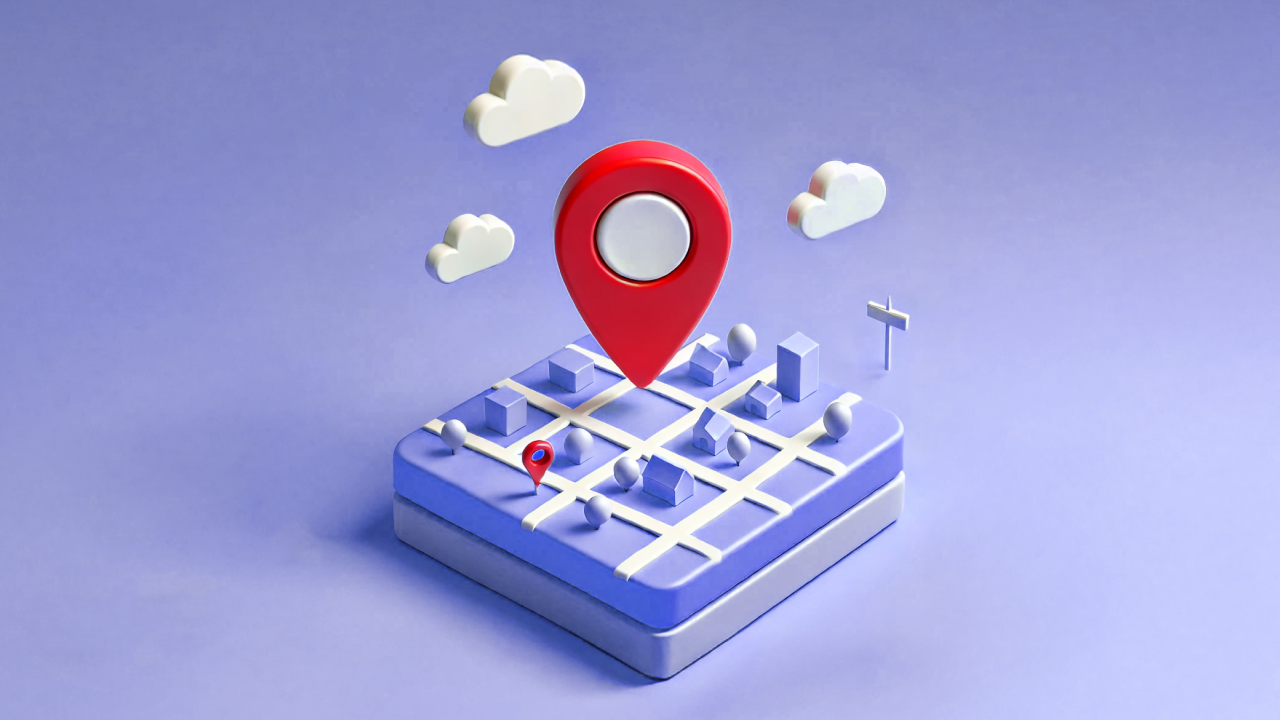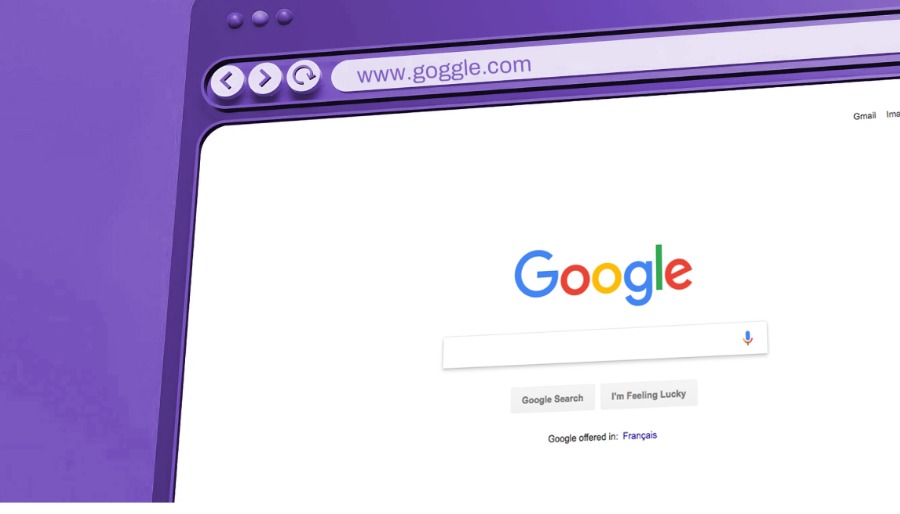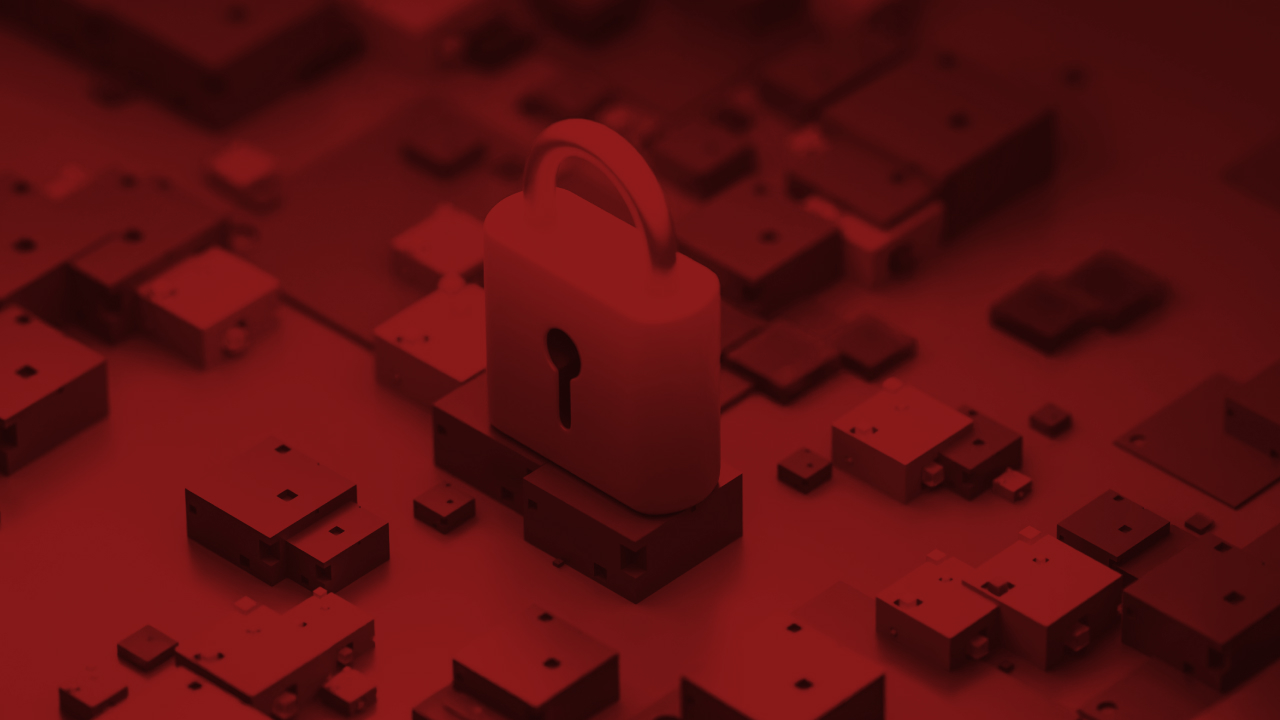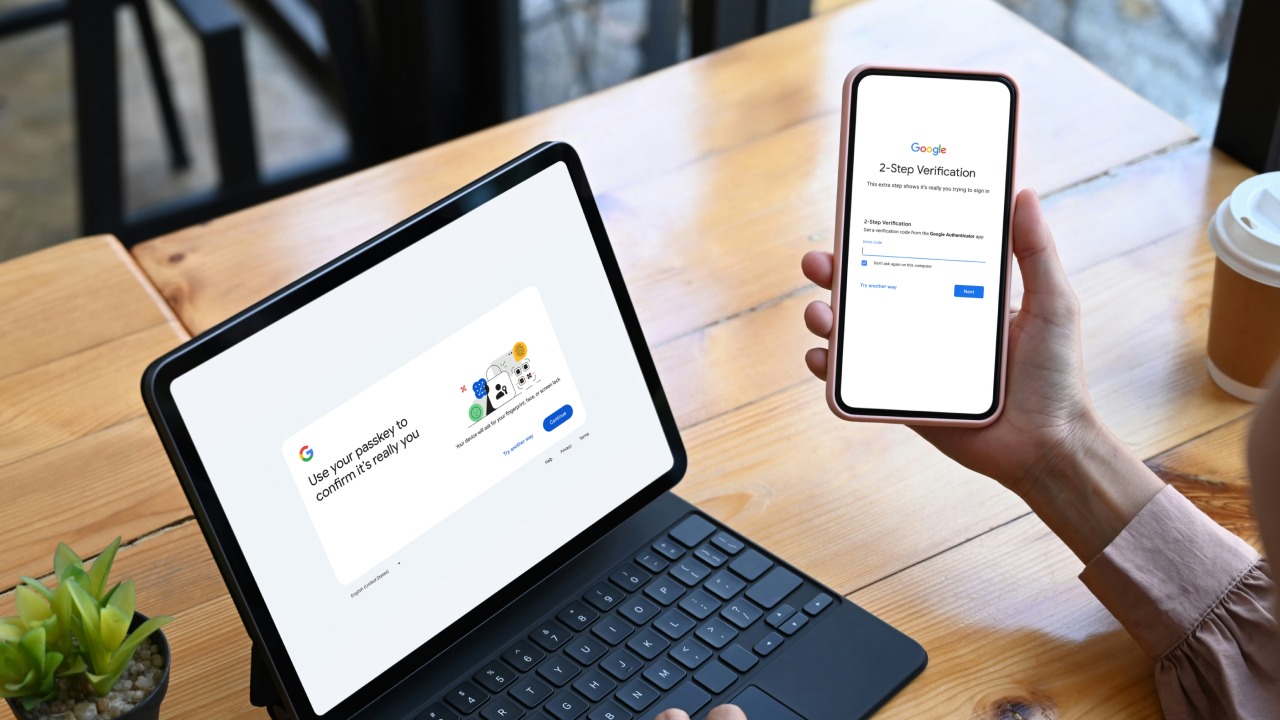By Patricia A. Pramono • Studio 1080, Published on January 17, 2025
TABLE OF CONTENTS
With social media and instant sharing, every photo you post online nowadays, might reveal more than you think. Have you ever wondered if your photos online are quietly telling strangers where you live, work, or even where you hang out? Because hidden within your photos is metadata that can reveal your exact location—thanks to a feature called geotagging. Let’s explore how it works, why it matters, and how to stay safe without compromising your digital presence.
What Is Geotagging and How Does It Work?
Geotagging is the process of embedding location data into photos and videos through metadata. When you take a picture with your smartphone, it doesn’t just capture the image, it often logs your precise GPS coordinates, the time it was taken, and sometimes even the device details. Geotagging embeds geographical location data—like latitude and longitude—into your digital media such as photos and videos. This data is often collected automatically when you take a photo using a GPS-enabled device. Apps like Instagram, Google Photos, and Facebook use this information to tag locations, making it easy for users to organize memories or share their whereabouts with friends.
On the surface, this feature is incredibly convenient. However, this same data can also become a privacy concern if shared recklessly.
The Benefits of Geotagging
Yes, geotagging also has its undeniable benefits. For individual users, it provides a timeline of memories and helps categorize content effortlessly. It’s a tool for reminiscing, organizing, and even creatively showcasing your travels on platforms like Instagram.
Geotagging allows photo and video apps to group your content based on location. For example, your device may automatically create albums titled “Bali Trip 2023” by detecting the geographic data embedded in your images. This makes it effortless to organize your media without manually tagging or sorting through thousands of files.
Beyond location, metadata includes timestamps, so you can easily revisit events chronologically as well. Imagine scrolling through an interactive map view, where pins represent the places you’ve visited, each leading to photos and videos taken there. Geotagging enables this seamless experience, making it easier to navigate your memories visually and geographically.
Let’s say you’re reminiscing about a family trip to Japan. With geotagging, your photos from Tokyo, Kyoto, and Osaka are grouped by location, complete with dates and timestamps. This means you can:
-
Quickly find photos from a specific destination
-
Relive the day-by-day itinerary of your journey
-
Share the exact location with friends planning a similar trip
Apps like Google Photos even suggest “Rediscover This Day” reminders based on your geotagged media, creating a personalized, nostalgic experience. These features make geotagging a valuable tool for cherishing and sharing memories.
Geotagging also offers businesses unique advantages by providing valuable insights into customer behavior and enhancing marketing strategies. It fuels marketing campaigns by enabling consumer profiling, personalized advertisements, targeted location-based promotions, etc. Companies leverage this data to understand customer behaviors and trends, which is vital in today’s data-driven economy. Geotagging empowers businesses with actionable insights and enhances their connection with customers.
But while the perks are obvious, the risks are often overlooked—sometimes with serious consequences.
The Safety Concerns of Geotagging
1. Cyberstalking and Predators
Posting a photo from your home, workplace, or a frequent hangout spot can unintentionally broadcast your routines to strangers or even stalkers. Because geotagging can inadvertently expose your current location, malicious actors are able to access this data, track your movements, routines, or frequented locations. For women and children especially, this can lead to targeted stalking or even physical harm.
2. Privacy Breaches
Geotagging can expose sensitive information. For families, especially parents sharing photos of their kids, this poses an underlying risk. A simple photo of your living room or backyard could also reveal your home address if geotagging is enabled. Sharing posts from your child’s school or your workplace might unintentionally disclose sensitive information.
3. Burglary Risks
Posting photos while on vacation can alert potential burglars that your house is unoccupied. Similarly, sharing your location in real time gives away clues about when you’re not home.
4. Data Mining and Profiling
Geotagged media contributes to data that can be mined by companies—or worse, malicious actors. Your digital footprint, combined with geotags, allows for detailed profiling that could be used for identity theft or social engineering attacks. Criminals may use this information for spear-phishing attacks, crafting scams that reference your exact movements or activities to make them more convincing.
Also read: Think Before You Click! How to Spot Phishing Scams and Protect Your Data
These risks shed light on why it’s crucial to be cautious about geotagging settings and what you share online.
How to Stay Safe with Geotagging
The good news? You don’t have to stop sharing photos! Here are some practical steps to protect yourself:
-
Turn Off Location Services: Disable location tracking on your device’s camera app. This prevents GPS coordinates from being embedded in your photos.
-
Be Mindful About Sharing: Think twice before uploading photos that reveal your home, workplace, or current location. Avoid posting in real time if it can compromise your safety.
-
Educate Others: Share these insights with friends, family, and especially children, who may not realize the risks of geotagging. Teaching them early can go a long way.
-
Audit Your Social Media Privacy Settings: Regularly review who can see your posts. Limit access to trusted friends and family to reduce exposure.
Also read: 5 Simple Steps to Enhance Your Online Privacy
By taking these precautions, you can enjoy the benefits of photo sharing without jeopardizing your privacy.
In conclusion, while geotagging adds a layer of convenience and functionality to our digital lives, it’s essential to understand its hidden dangers. By staying informed and taking extra steps to protect your privacy, you can continue sharing your moments online—safely and securely. After all, your photos should only tell the story you choose to share.
Follow us on LinkedIn to stay updated with more Cybersecurity Tips like this.
LinkedIn: Cisometric
References:
Safe and Secure Online: The Risks of Geotagging
Geotagging: What Is It and What Are Its Security Risks?






